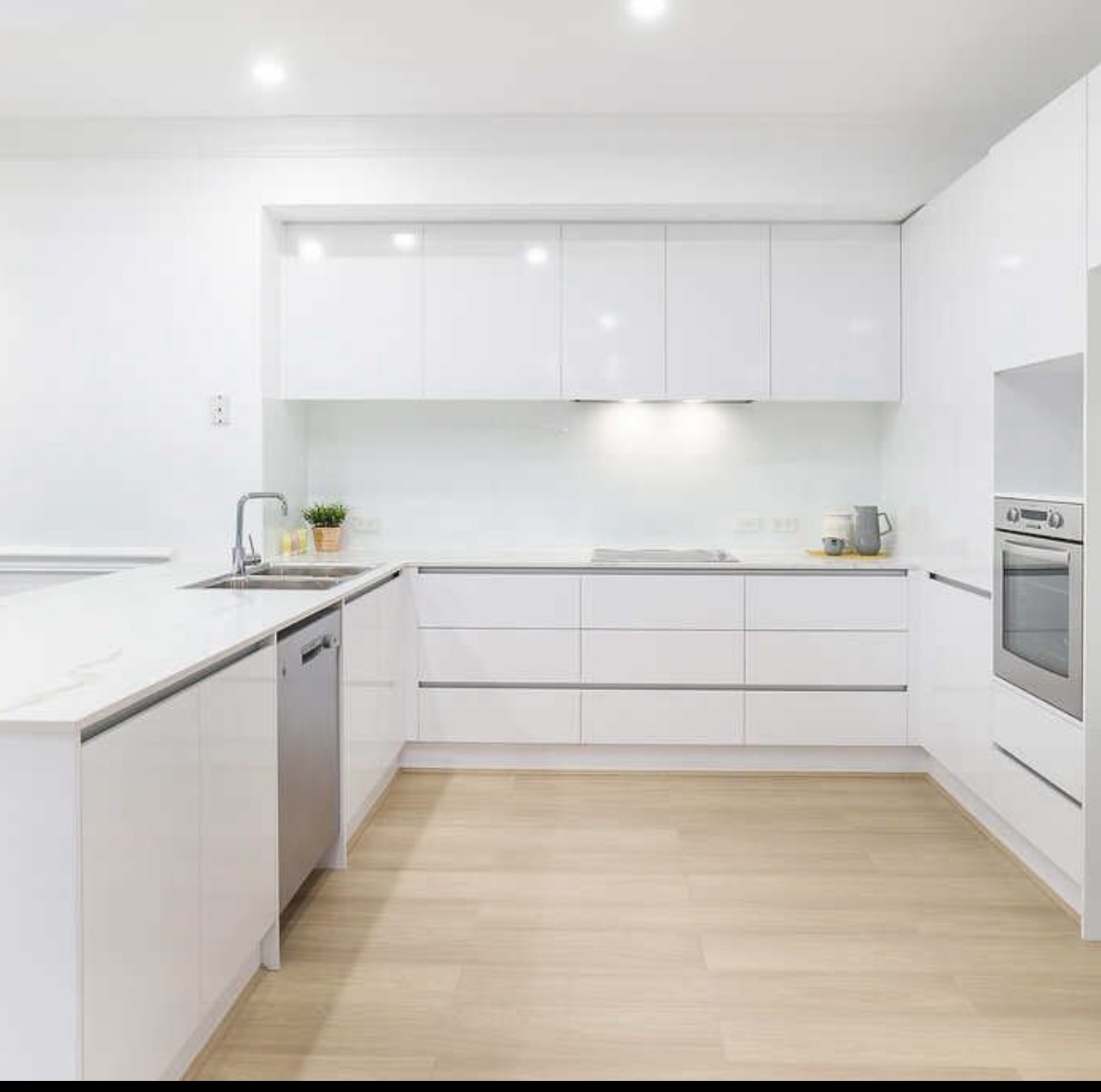Copyright © VCCUCINE
Copyright © VCCUCINE
The standard height for base kitchen cabinets in Australia ranges from 870mm to 900mm, including the thickness of the countertop. This height is suitable for most average-height individuals and provides a comfortable working surface for food preparation and cooking. However, keep in mind that people’s heights can vary, so it’s essential to consider the primary users of the kitchen when determining the base cabinet height.
Taller individuals might prefer a slightly higher base cabinet height to reduce bending and strain while working at the counter. Adjustable legs or toe kicks can be used to raise or lower the cabinet height within the standard range, allowing for customisation based on individual needs.
Wall cabinets are commonly installed above the countertops, providing additional storage space for kitchen items. The standard height for wall cabinets in Australia is typically 720mm, which aligns with the height of the base cabinets, creating a uniform and aesthetically pleasing look.
However, some homeowners may opt for taller wall cabinets, known as ceiling-height cabinets. These cabinets extend all the way to the ceiling, maximising vertical storage and eliminating the need for dust-collecting spaces above the cabinets. Ceiling-height cabinets create a more cohesive and streamlined appearance, making the kitchen feel larger and more open.
To achieve an ergonomic and visually appealing kitchen, consider combining different cabinet heights strategically. For example, you could use taller cabinets in areas where additional storage is required, such as for pantry or utility cabinets. Meanwhile, maintain the standard height for the primary working areas to ensure comfortable food preparation and cooking.
When planning the height of your kitchen cabinetry, take into account the appliances you will be incorporating. For instance, the height of base cabinets housing a built-in oven or microwave should be designed to align with the appliance’s dimensions for a seamless installation. Dishwashers are typically designed to fit beneath the countertop height, so consider the space required for this appliance when determining the cabinet height.
The height of your kitchen cabinetry also contributes to the overall design aesthetics. A well-balanced kitchen design considers the proportions and visual flow of the space. Ceiling-height cabinets can add a sense of grandeur and sophistication, while standard height cabinets offer a more traditional and familiar look.
